Recent News
For the first time, Coterie Connect touched down in South Africa, and what a welcome it received. Our established UK event series, now brought to the Southern Hemisphere partner marketers. And we couldn’t be more excited to see our South African peers joining the community full-time.
Following our latest research, 2025 Partner Marketing Skills Report: Trends, Gaps and Opportunities, it’s clear that vendors and channel leaders need to protect and invest in partner marketing skills before it’s too late.
As businesses reshape their marketing structures, critical partner marketing skills are quietly being diluted, leaving organisations vulnerable to lost expertise and missed opportunities.




